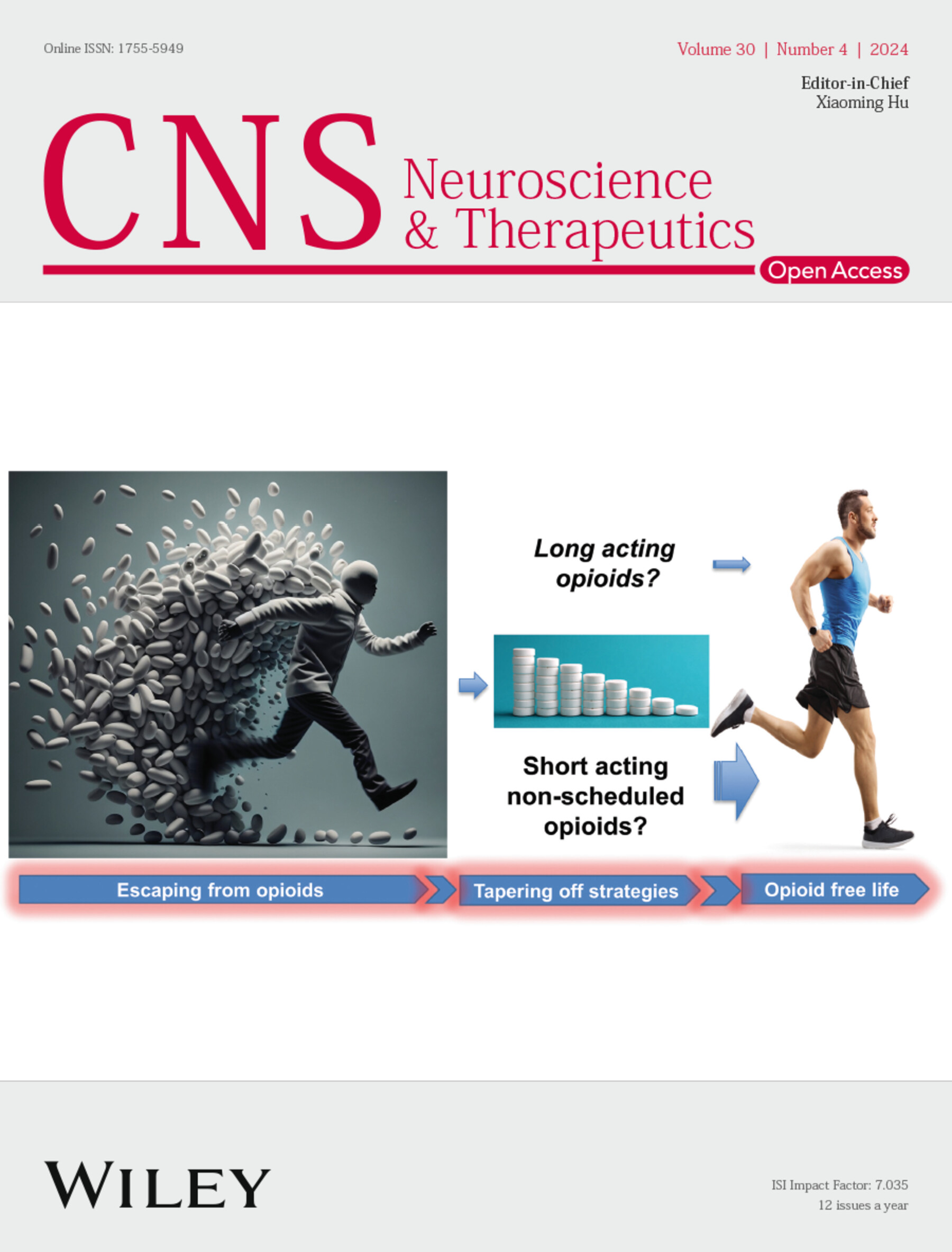Reorganization of Mitochondrial Function and Architecture in Response to Plant-Derived Alkaloids: Anatabine, Anabasine, and Nicotine, Investigated in SH-SY5Y Cells and in a Cellular Model of Parkinson's Disease
Abstract
Aims
Nicotine, anatabine, and anabasine are the most prevalent alkaloids in Nicotiana species. While nicotine is the main addictive ingredient in tobacco products, it was also shown to have neuroprotective properties. Mitochondria appear to be one of the targets of nicotine in the cell. These multifunctional organelles are also the first responders to various cellular stresses. Thus, we characterized the impact of tobacco alkaloids on these organelles.
Methods
We investigated the effects of structurally similar alkaloids, anatabine, anabasine, and nicotine, on mitochondrial function in SH-SY5Y neuroblastoma cells under basal conditions and in the presence of rotenone, a mitochondrial stressor commonly used to model the cellular pathology underlying Parkinson's disease.
Results
We observed changes in mitochondrial behavior, including hyperpolarization, alterations in mitochondrial network morphology, increased mitochondrial turnover rates, and upregulation of mitochondrial biogenesis regulators. The profiles of changes induced by particular alkaloids slightly differed; however, they shared many features with the stress response observed upon treatment with rotenone. Interestingly, the effects of the alkaloids and rotenone were not additive. Moreover, some parameters altered by rotenone were normalized upon cotreatment with the alkaloids.
Conclusions
The results indicate that the investigated alkaloids stimulate mitochondrial stress adaptation. Despite structural similarity, they act through slightly different mechanisms.


 求助内容:
求助内容: 应助结果提醒方式:
应助结果提醒方式:


